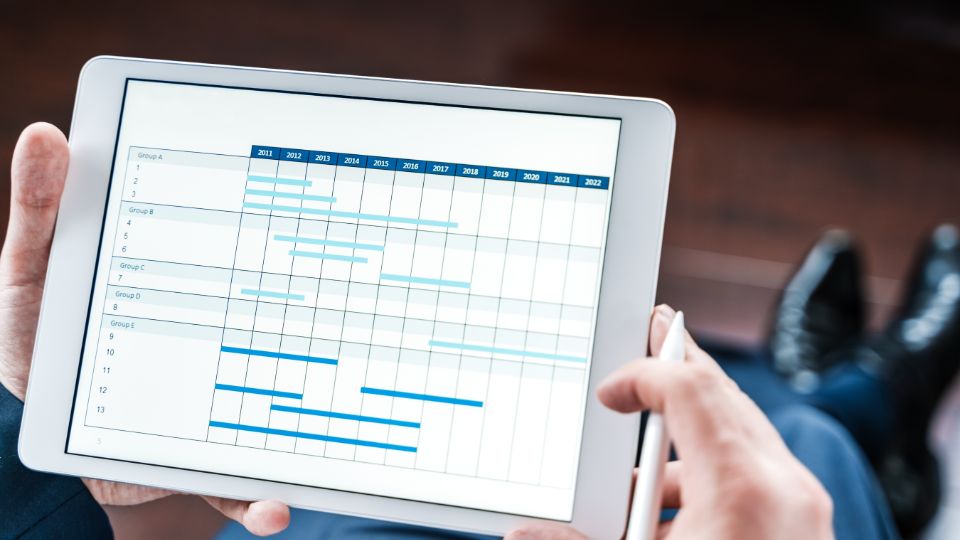Benefits of Using a Gantt Chart for a Construction Project
Project management in construction requires the planning, coordination, and execution of multiple phases. In this context, a Gantt chart is essential for helping project managers visualize timelines, track progress, and ensure an efficient workflow. This structured approach to project scheduling helps meet deadlines and stay within budget. This article highlights the key benefits of using a Gantt chart in construction projects.
Using Gantt Charts in Construction Projects: Key Benefits
1. Clear Project Timeline
A Gantt chart visually represents the entire project timeline. It indicates which tasks need to be executed, in what order, their durations, and deadlines. Throughout the project phases, teams can easily understand what needs to be done and when, eliminating confusion and miscommunication.
2. Efficient Task Management
Construction projects involve multiple tasks, from site preparation and foundation work to electrical and plumbing installations. A Gantt chart allows project managers to assign tasks to specific teams or individuals, ensuring accountability and efficiency. This structured approach helps prevent delays and keeps work progressing smoothly.
3. Improved Resource Allocation
Effective resource management is crucial in construction. A Gantt chart provides a clear view of resource distribution, ensuring that labor, equipment, and other facilities are available when needed. Project managers can anticipate and address potential resource shortages or overuse, preventing bottlenecks in the project.
4. Better Coordination & Collaboration
A construction project involves multiple stakeholders, including architects, engineers, contractors, and suppliers. A Gantt chart enhances coordination by clearly outlining dependencies and deadlines. This improves communication among teams, ensuring that everyone is on the same page and minimizing conflicts and project delays.
5. Identifying Project Dependencies
Many construction tasks depend on the completion of others. For instance, roofing cannot begin until the framework is complete. A Gantt chart helps project managers understand these dependencies, ensuring tasks are scheduled logically. This eliminates scheduling conflicts and maintains a smooth workflow.
6. Real-Time Progress Tracking
One of the biggest advantages of a Gantt chart is the ability to monitor project progress in real time. Project managers can update the chart as soon as a task is completed. This provides a clear view of what has been accomplished and what remains, enabling timely decision-making and quick adjustments if progress is behind schedule.
7. Enhanced Risk Management
Every construction project faces potential risks, such as weather delays, labor shortages, or supply chain disruptions. A Gantt chart helps identify critical tasks and potential risks, allowing managers to develop contingency plans. This proactive approach minimizes disruptions and keeps the project on track.
8. Meeting Deadlines & Staying on Budget
With a structured Gantt chart, project managers can effectively manage time and resources, ensuring deadlines are met. It also helps control costs by avoiding inefficiencies and optimizing resource usage, reducing the risk of budget overruns.
Conclusion
Using a Gantt chart for construction project management offers numerous benefits, from improved task scheduling to better collaboration and risk management. By providing a clear roadmap for the project, it enhances efficiency, reduces delays, and ensures successful project completion. Whether managing a small renovation or a large-scale construction project, a Gantt chart is a valuable tool for keeping everything organized and on track.
